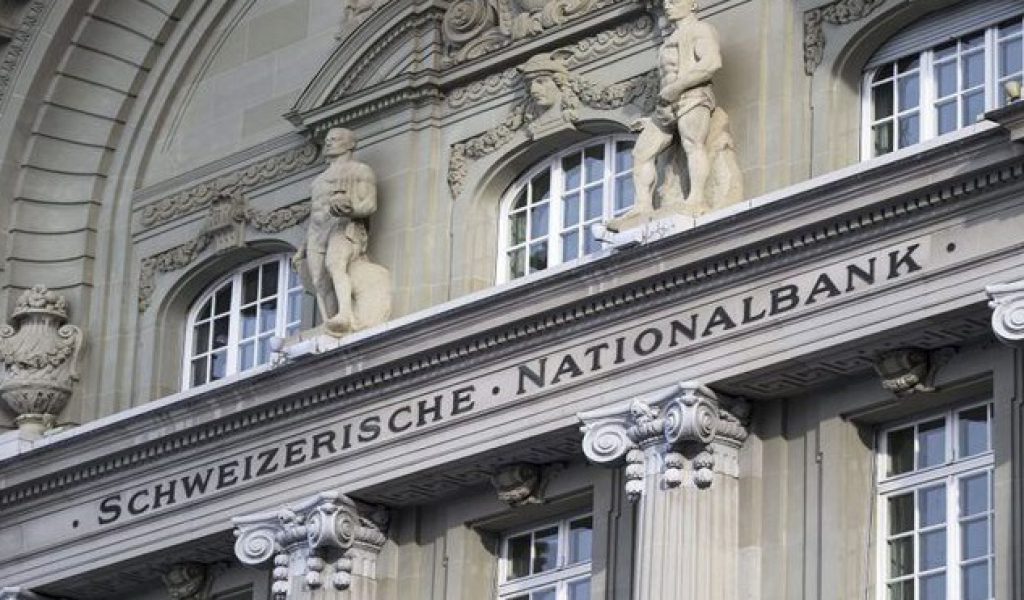US jobless claims surprisingly fall to five-week low
The number of Americans filing for unemployment benefits decreased more than expected last week, hitting the lowest level over the past five weeks, official figures revealed on Thursday. The US Department of Labour reported initial jobless claims fell 25,000 to a total of 234,000 in the week ended April 1, down from the preceding week’s upwardly revised reading of 259,000. This was the biggest weekly decline since April 2015. Meanwhile, market analysts expected unemployment claims to plunge only 251,000 during the reported week. The number of job-seeking persons decreased from 2,052,000 to 2,028,000, thus, affecting the moving average, which hit its lowest level since June 2000. At the same time, the seasonally adjusted insured unemployment rate of 1.5% remained unchanged from last week. In general, the fact that jobless claims have been fluctuating around 260,000 for more than two years, indicating that the US has a healthy labour market. In addition, the largest spike in unemployment claims was recorded in New York, Texas, Massachusetts, Pennsylvania and California, while the largest drop in unemployment happened in Ohio, Kansas, Missouri, Illinois and Kentucky.









